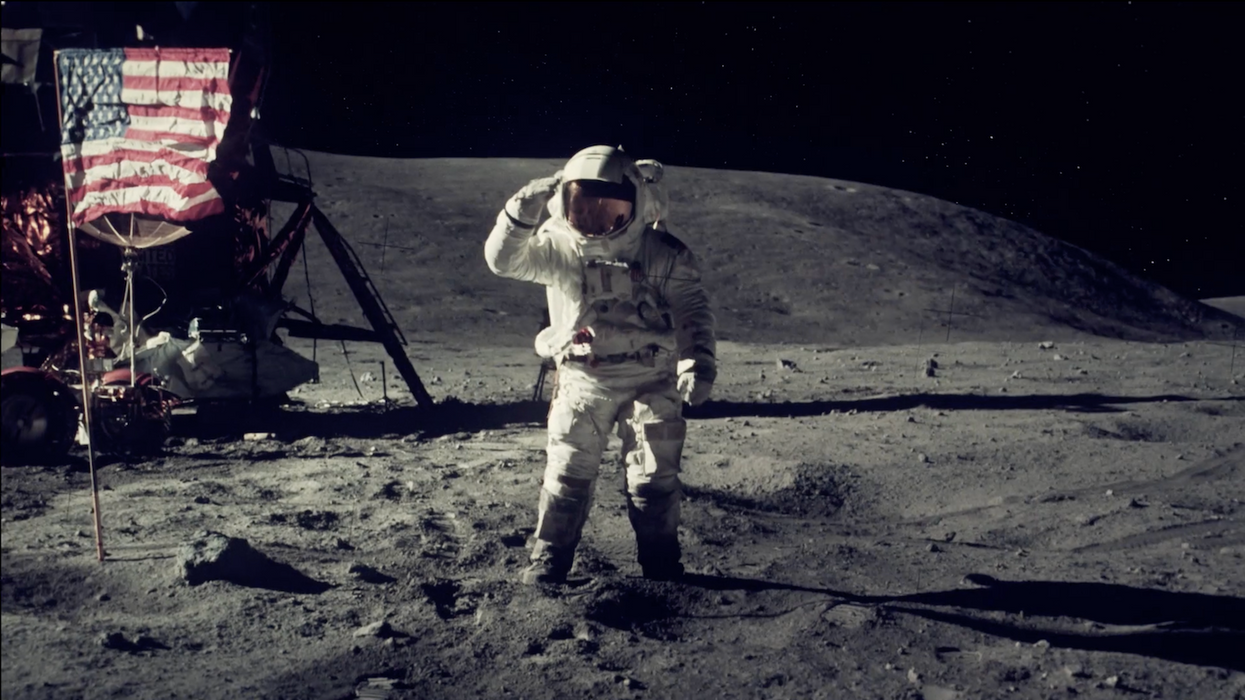This Video Uses Thousands of NASA Photos to Bring the Apollo Moon Landing to Life
530 million people watched the the first humans walk on the surface of the moon, but no one has seen the moon landing quite like this before.

NASA's 1969 moon landing was an epic event all on its own, but it's made all the more monumental and awe-inspiring in the incredible short film Lunar. Motion designer Christian Stangl and his brother, composer Wolfgang Stangl gathered thousands of photos from NASA's Project Apollo Archive and decided to stitch them together and use stop motion to bring the moon landing to life, allowing people to watch the historic mission unfold in a way they never have before.
Stangl decided to embark on the project after being impressed by the quality of the images in the Project Apollo Archive. The high-resolution images, as you might recall, were captured using the famous Hasselblad-Moon cameras, which were build using a Hasselblad 500EL body and a whole lot of rocket science to make the process of exposing and image capture easy for astronauts operating in 1.) space suits, and 2.) 83.3% less gravity than on Earth.
In an email exchange with PetaPixel, Stangl explained how he managed to bring half a century-old still photos to life using both panoramic stitching and stop motion techniques.
I found lots of sets of photos that had the potential to be stitched together to show a whole scenario; especially on the lunar surface, the Astronauts often focused on taking 10 or more pictures of one view. I stitched them all together, divided them into layers, and animated the scene in Adobe After Effects using Camera Movement and various Light Effects.
Luckily I could find some short sequences of photos which had a recognizable coherent movement (usually just 2-4 frames). The challenge was to stabilize and time-stretch them to clips which were much longer than the original sequences. Honestly that was a tedious trial-and-error process. One additional problem was to sacrifice parts of the quadratic middle format pictures for 16:9 aspect ratio.
Lunar is a beautiful spectacle that takes us on a cosmic adventure far from this world. It looks familiar, because we've seen the iconic images before, but the introduction to motion, or at least the illusion of it, transforms us from mere spectators staring up at the sky to fellow voyagers who can almost feel the moon dust beneath our space boots.
Source: Christian Stangl














